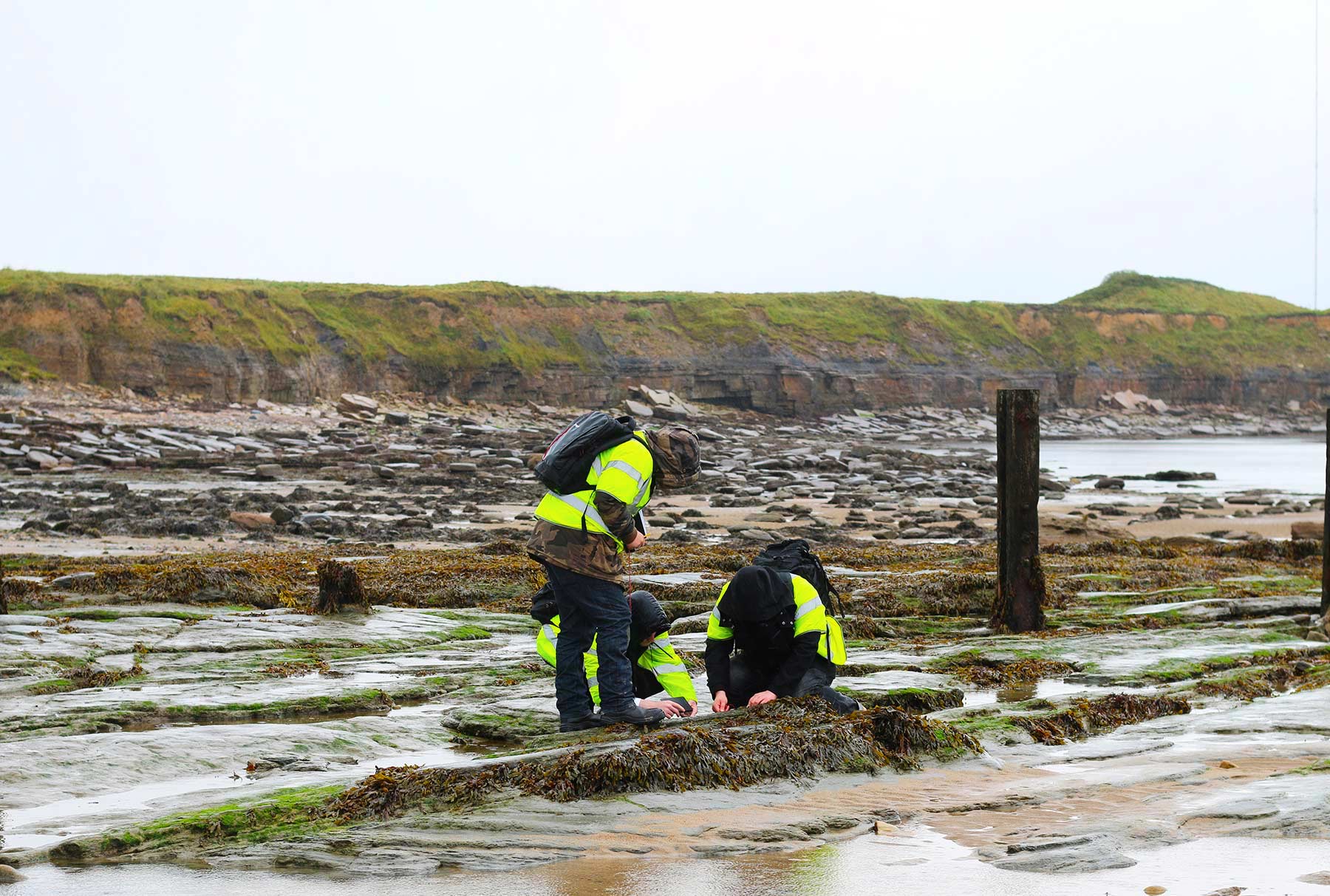Climate Change Forced Earlier Colonisation of South Pacific Islands
Research involving scientists at Newcastle University has found that settlers arrived in East Polynesia over three centuries earlier than previously thought.
1 March 2021
Colonisation of the vast eastern Pacific with its few and far-flung island archipelagos was a remarkable achievement in human history. Yet the timing, character, and drivers of this accomplishment remain poorly understood.
However, this new study led by the University of Southampton has found that a major change in the climate of the region, which resulted in a dry period, coincided with the arrival of people on the tiny island of Atiu, in the southern group of the Cook Islands, around 900AD. Until now, it was believed Atiu and surrounding islands were uninhabited for another 350 years.
The work at Newcastle was led by Dr Andrew Henderson and Dr Helen Mackay and involved detailed analysis of lake core sediments from Atiu, charting over 6000 years of history.
They worked as part of a team of geographers, archaeologists and geochemists from the UK, New Zealand and the US, along with the people of Atiu, to collect the samples of lake mud. Back in the labs in UK and US, the mud samples were subjected to a range of analyses including new techniques for reconstructing precipitation, and detecting the presence of mammalian faeces.
Dr. Andrew Henderson, Reader in Physical Geography, Newcastle University, said: “Lakes offer us a window to the past because the muds that build up underwater store information about changes in the environment, including disturbances in the lake catchment, climate change and pollution. It is these disturbances in the natural environment and the presence of humans we are trying to detect by using proxy indicators.”
Dr. Helen Mackay, Physical Geography Teaching Fellow, Newcastle University, added: “One powerful set of indicators we use are molecular fossils or biomarkers. These are molecules that are preserved in mud and can be traced back to their origin, such as a set of compounds called faecal sterols. We can determine whether these sterols were created by mammals, humans or ruminants, giving us a specific signature of human settlement.”
Major climate change
Apart from fruit bats, the Southern Cook Islands never had mammal populations before humans settled there, so when the researchers found evidence of mammal faeces alongside other evidence for landscape disturbance and burning, it was a clear sign of the arrival of people. Within 100 years the first settlers most likely form Tonga or Samoa, changed the landscape by burning native forest to make way for crops.
The team also examined lake sediments from Samoa and Vanuata. Using this data, they found evidence for a major climate change which coincided with the newly established arrival time of the settlers.
“The ancestors of the Polynesians, the Lapita people, migrated east into the Pacific Ocean as far as Fiji, Tonga and Samoa, reaching them around 2800 years ago. But for almost 1700 years humans failed to migrate any further into the Pacific,” explains lead researcher, Professor David Sear of the University of Southampton. “Our research gives us a much more accurate timescale of when people first arrived in the region and helps answer some key questions about why they made their hazardous journey east.”
The data revealed a major change in the climate of the South Pacific region with the main rainbands that bring water to the archipelagos of Vanuatu, Samoa, Tonga and Fiji migrating north. The result was the driest period in the last 2000 years.
This led the researchers to conclude that, alongside growing populations, water stress drove decisions to make dangerous voyages, aided by changes in winds that enabled easterly sailing. Soon after the arrival of people to Atiu, the climate changed again. Rain returned to the eastern pacific – supporting a rapid settlement of the remaining islands of Polynesia.
This research was led by the University of Southampton, and supported by grants from the NERC, Explorers Club and Royal Geographical Society. The team wishes to acknowledge the support of the peoples of the Cook Islands, Samoa and Vanuatu.
Press release adapted with thanks to the University of Southampton
